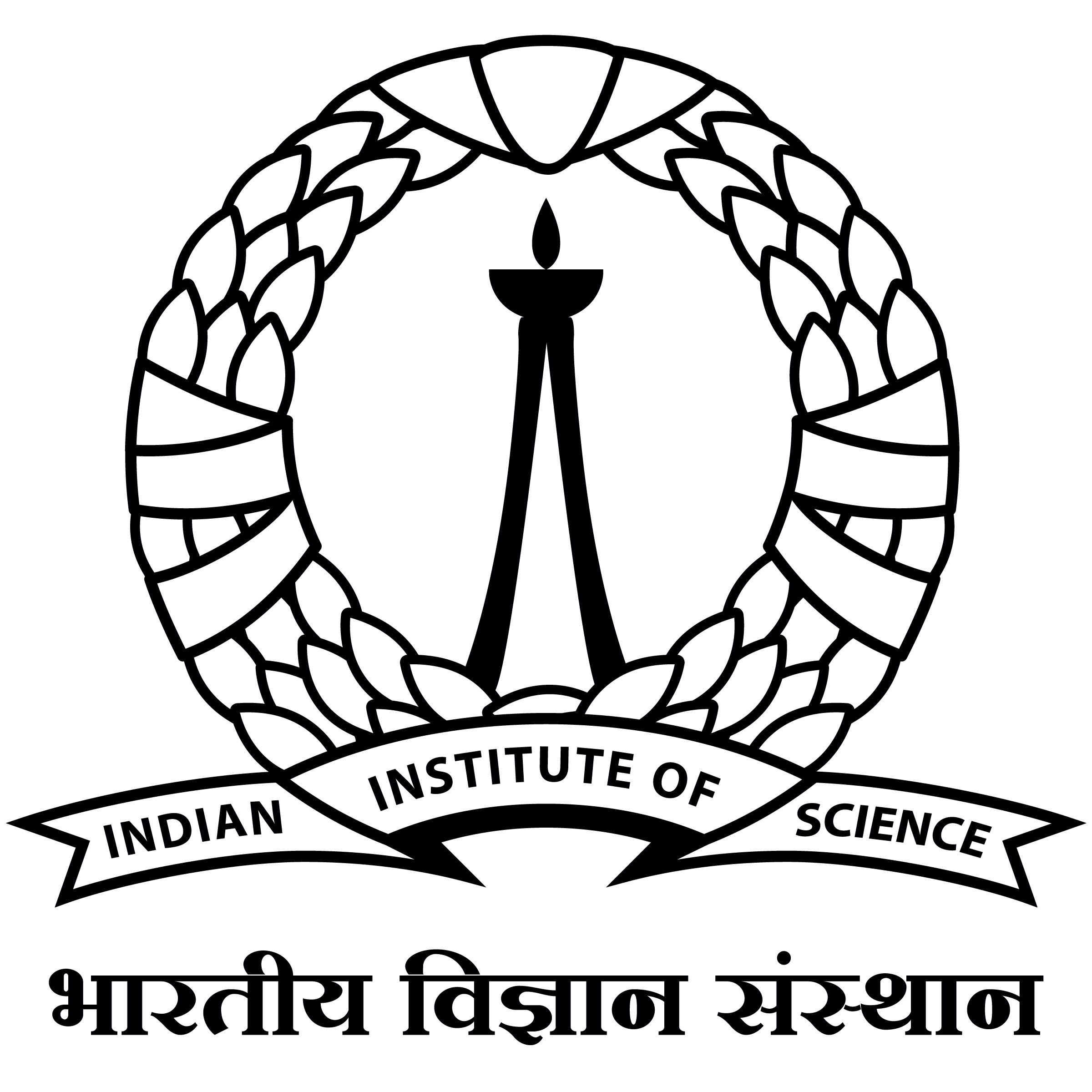Erasing Concepts from Diffusion Models
Motivated by recent advancements in text-to-image diffusion, we study erasure of specific concepts from the model's weights. While Stable Diffusion has shown promise in producing explicit or realistic artwork, it has raised concerns regarding its potential for misuse. We propose a fine-tuning method that can erase a visual concept from a pre-trained diffusion model, given only the name of the style and using negative guidance as a teacher. We benchmark our method against previous approaches that remove sexually explicit content and demonstrate its effectiveness, performing on par with Safe Latent Diffusion and censored training. To evaluate artistic style removal, we conduct experiments erasing five modern artists from the network and conduct a user study to assess the human perception of the removed styles. Unlike previous methods, our approach can remove concepts from a diffusion model permanently rather than modifying the output at the inference time, so it cannot be circumvented even if a user has access to model weights. Our code, data, and results are available at https://erasing.baulab.info/





